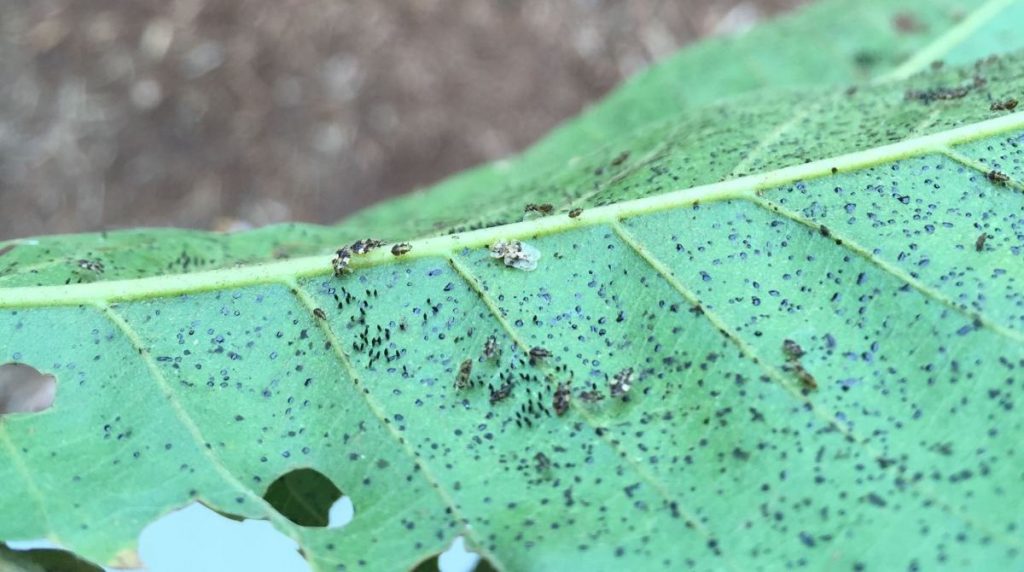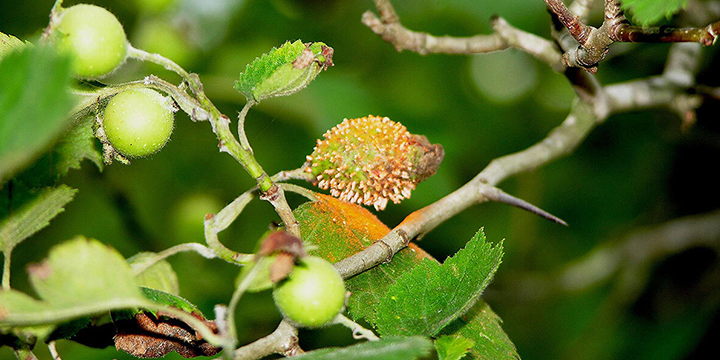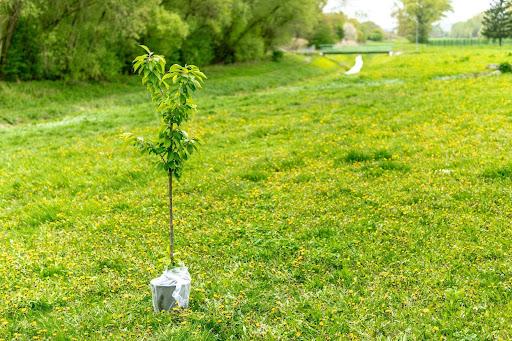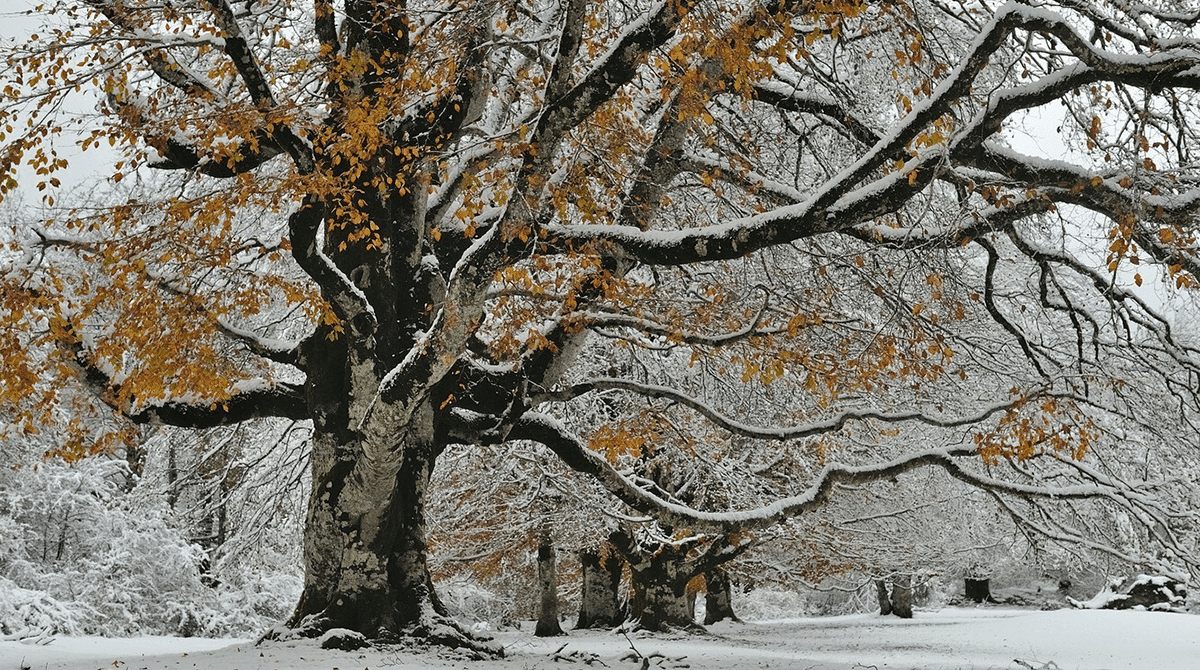
Date August 31, 2021
Category
Although they’re attractive bugs with an attractive name, lace bugs cause some pretty unattractive damage to our Fort Worth trees. If you’ve noticed a stippling pattern on the leaves of your trees or shrubs, you might have a lace bug infestation on your hands. Lace bugs get their name for the lacy pattern that appears on their wings, and they are prominent throughout the U.S. and in Texas. If you think your yard has a lace bug problem, below is everything you need to know about these pests and what you can do to control their populations.
What is Lace Bugs?
You’ll recognize these pests by their flat, lacy wings. They can be 1/8 to 1/4 inches long, depending on the species. There are more than 140 species of lace bugs in North America, most of which you can identify by their host preference. For example, Azalea lace bugs (Stephanitis pyrioides) and Sycamore lace bugs (Corythucha Ciliata), similar in size and appearance, are prolific throughout the Eastern United States and Texas, and Fort Worth.
The lace bug life cycle begins with female lace bugs laying clusters of eggs on the underside of leaves, usually centered along the midrib and partially inserted inside the leaf tissue. Their pale color makes them difficult to see, except they are usually attached to the leaf with dark sticky material. Lace bug nymphs, wingless, dark-colored, and covered in spines, hatch and go through 5 to 6 nymphal instars before reaching adulthood. This usually takes 30 to 40 days, so multiple generations of lace bugs can occur in a single year. Adult lace bugs generally survive the winter by sheltering under the tree’s bark and becoming active again in the spring when the trees begin to leaf out.
What are the signs and symptoms of a lace bug infestation?
You probably won’t notice lace bugs until you spot the damage they do to your tree’s leaves. If lace bugs attack your tree, you’ll notice an overall sickly appearance and drooping leaves with white, yellow, or brown discoloration. Lace bugs have needle-like mouthparts with which they pierce the underside of leaves and feed on their juices, creating chlorosis in a stippling pattern. Lace bugs are not the only tree pests that make a stippling pattern on leaves, so the pattern alone isn’t enough to diagnose a lace bug infestation. However, they are the only pests that also excrete dark tar-like spots (yes, it’s lace bug poop) on the underside of the leaves.
How to control Lace Bugs?
Although most lace bug damage isn’t typically serious enough to be fatal to your trees or shrubs, lace bug infestations do weaken your trees and can cause premature leaf drop. There are some steps you can take towards controlling lace bug populations:
- Boost the overall health of your tree: A minor infestation of lace bugs, or an infestation that occurs late in the year, isn’t generally cause for panic. However, you should continue to monitor the infestation and the health of your tree. Pest infestations can weaken your tree and cause it to stress, making it vulnerable to secondary issues. Take steps to control the infestation and boost your tree’s overall health. Call a certified arborist if the infestation worsens.
- Spray the tree with a strong blast of water: Oftentimes, lace bug nymphs can be dislodged from the tree when sprayed with a strong blast of water. You might also consider washing the tree with insecticidal soap.
Clean up fallen debris: Immediately pick up and properly dispose of any leaves, twigs, bark, or other debris that falls from the infested tree. Doing this will help decrease the population of lace bugs that will re-infest the tree the following spring. - Let natural enemies do their thing: Natural enemies of lace bugs, parasitic wasps, assassin bugs, lacewing larvae, lady beetles, jumping spiders, pirate bugs, and mites are generally pretty effective at keeping the populations of lace bugs down. If you can avoid using insecticides, you’ll allow these predatory pests to do their thing and balance the natural ecosystem of your property.
- Insecticides: If you need to use an insecticide, we suggest calling a certified arborist knowledgeable and experienced in diagnosing tree pests and using pesticides to control their populations. Misusing pesticides can be dangerous and cause more issues than fixing them, so it’s best to let a professional handle this task.
Prevention is the best treatment.
When a tree is in optimal health, it’s significantly less likely to be attacked by pests or diseases. Hence, one of the best things you can do for your trees is to boost their health through proper tree care practices, such as routine watering, correct pruning techniques, and soil conditioning. TreeNewal offers a special soil conditioning blend that we highly recommend to our customers to boost their trees’ health. It uses three products that are proven to increase the growth and vitality of your trees and shrubs. Although it’s beneficial for all trees and shrubs, it’s beneficial for trees experiencing stress. Our blend uses the biochar brand VITAL Blend 5M, a plant-derived, organic soil enhancement product that charges the soil. The blend also includes humic and fulvic acids, high amounts of Active Carbon, and over 55 micronutrients which improve your tree’s metabolism, nutrient intake, and development. The biochar and humic acid are beneficial in remediating compacted soils. It also includes MitoGrow, a rooting hormone, stimulating and promoting root hair growth in your trees and shrubs. This time-tested blend is a natural plant growth stimulator designed to boost your tree’s ability to absorb nutrients and develop a deeper, stronger root system, bark, and canopy.
TreeNewal’s ISA Certified Arborists are pest and disease control experts!
If you think your trees are under attack by pests or diseases, you should immediately reach out to a Fort Worth tree care specialist. At TreeNewal, we have multiple ISA Certified Arborists on staff, as well as a team of highly qualified tree care experts. We have the best tree doctors Fort Worth has to offer, each of whom is extensively trained in tree disease and pest control management. Our arborists care about tree health care in all stages of the tree’s life cycle. Aside from pest and disease control, TreeNewal offers a full range of expert tree care services, such as tree trimming, tree pruning, root aeration, and more. If your tree is past the point of saving, our tree surgeons can handle the tricky tree care services of branch, tree, or trunk removal. Our team is well-equipped to stop the further spread and safely dispose of any infected debris. For more information, go to our website at treenewal.com. To set up an appointment, call us at tel:(817) 592-6846.
To learn more about Lace Bug Treatments in Fort Worth, TX, call our Argyle and Southlake-based teams
at tel:(817) 592-6846 or send us a message.
We’re a little different than the average tree services company.
Learn more about TreeNewal’s ISA Certified Arborists!
Our Dallas/Fort Worth-based tree doctors can explain how sustainable tree care services add more value to your bottom line.
Healthy trees, healthy lives.








